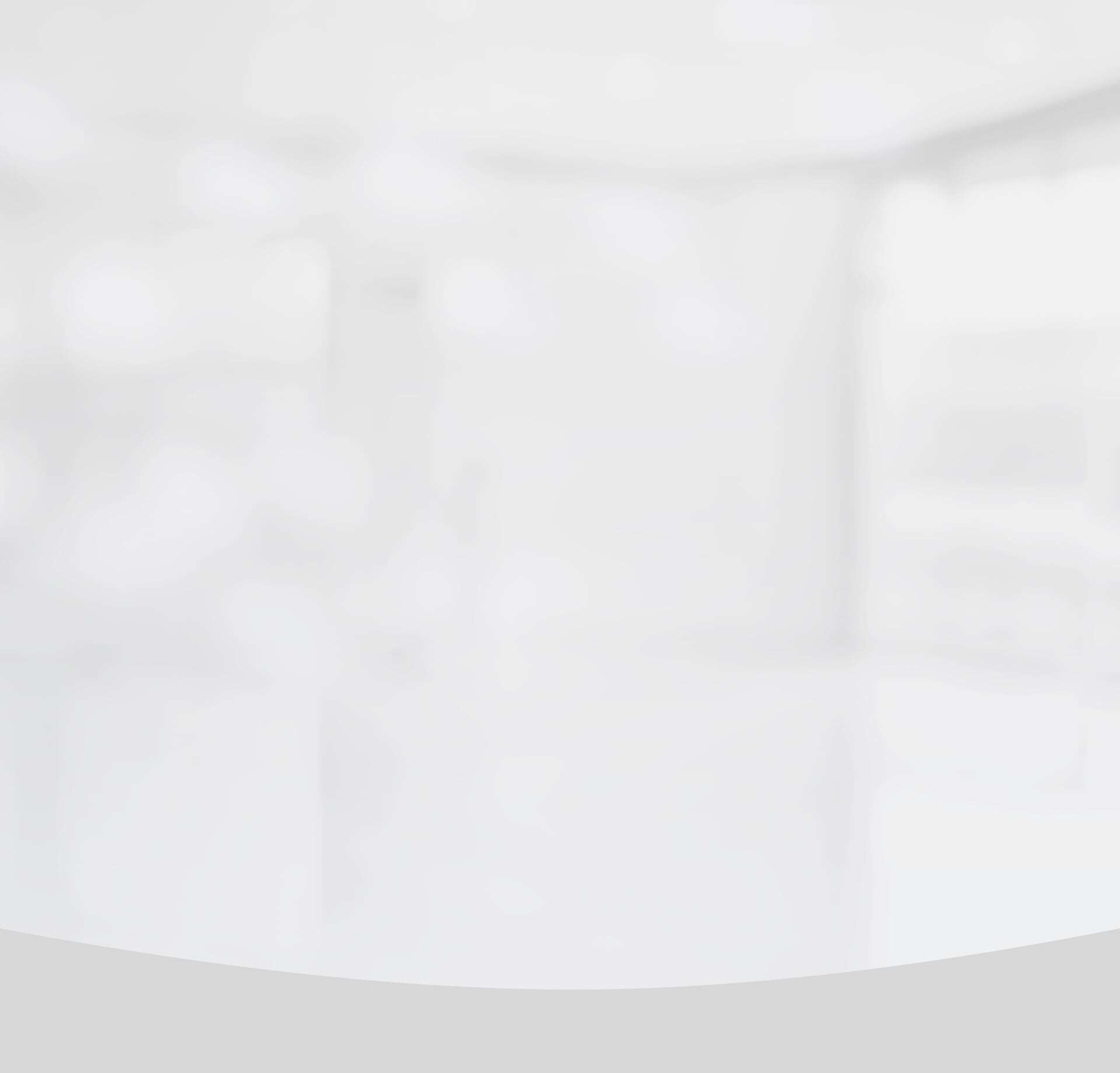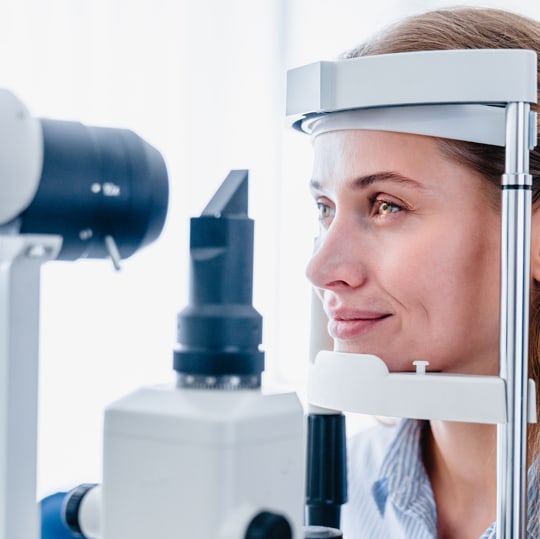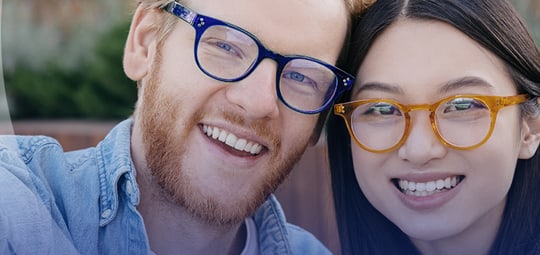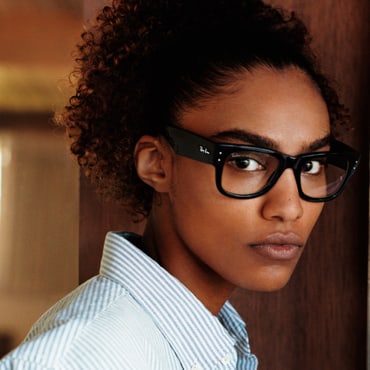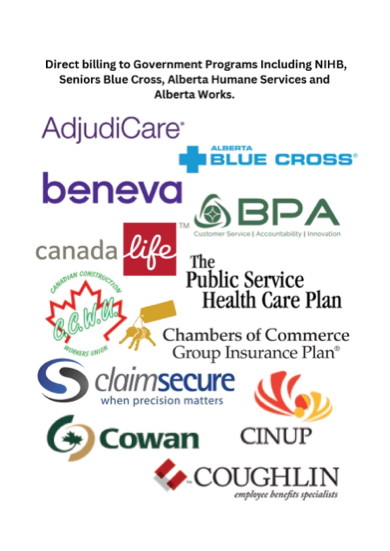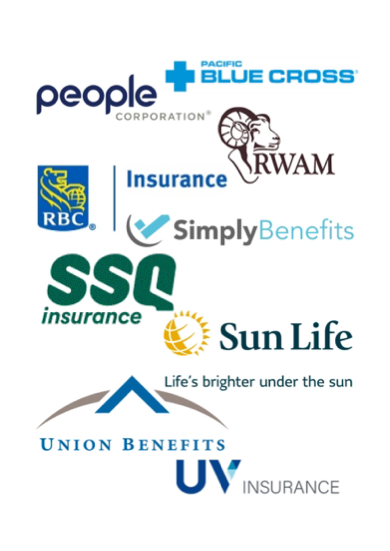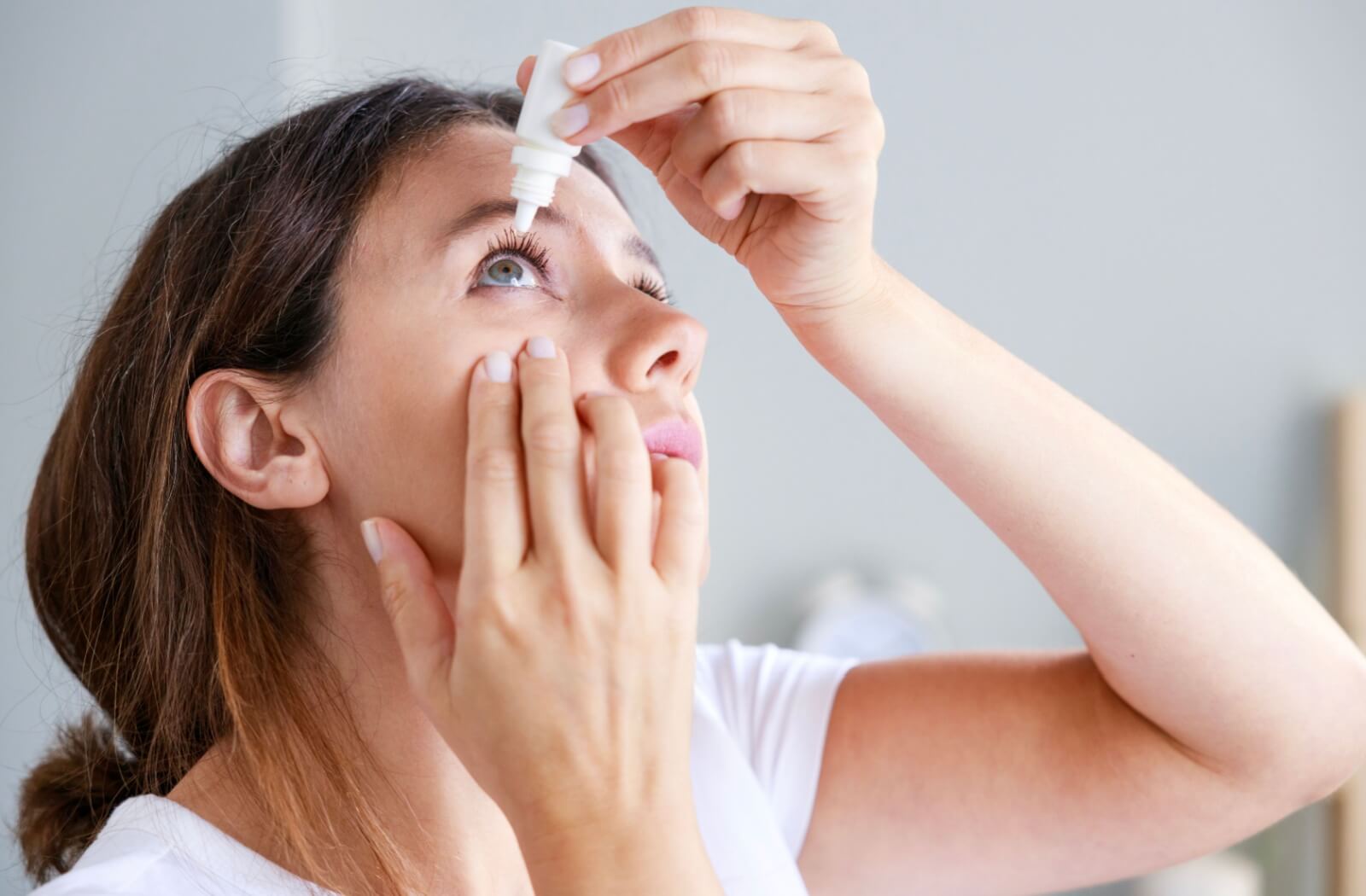You probably know that regular comprehensive eye exams are an important part of your family’s healthcare routine. However, it can be difficult to fit appointments into a busy schedule, especially when you’re unsure how much time to set aside.
A comprehensive eye exam typically takes between 20 and 60 minutes, though the exact time can change based on your specific needs and the tests required for your eyes. An eye exam is designed to provide a thorough review of your vision and eye health.
Typical Eye Exam Times for Your Family
Each member of your family has different needs when it comes to eye care. The length of an exam can vary depending on age and developmental stage.
Exams for Children & Teens
For children and teens up to 18 years old, an eye exam often lasts from 15 to 45 minutes. Appointments for children focus on key visual functions necessary for learning and development. We assess skills like eye tracking, focusing, and how well the eyes work together for school and sports.
Exams for Adults
A comprehensive eye exam for an adult usually takes between 25 and 55 minutes. This allows enough time to check your vision prescription for glasses or contact lenses. It also includes important screenings for overall eye health.
Exams for Seniors
Seniors can also expect an exam to last from 25 to 55 minutes. During senior eye exams, your eye doctor may perform extra tests to monitor for age-related eye conditions. Consistent monitoring helps protect your vision for years to come.
Factors That Affect Your Appointment Length
Several factors can influence how long you’ll spend with your optometrist.:
- Your age and overall health history
- Whether it is your first visit or a follow-up
- Any symptoms or vision concerns you have
- Whether you need for a dilated eye exam to get a better view of the back of the eye
- Whether you require a contact lens fitting in addition to a regular exam
What Happens During a Comprehensive Eye Exam
A complete eye exam involves much more than just reading letters from a chart. Your optometrist runs a series of tests to get a full picture of your vision and the health of your eyes. These assessments work together to provide a thorough understanding of your eye care needs.
Check Your Vision Clarity
This part of the exam measures how clearly you see at various distances. It includes the familiar eye chart test to assess your visual acuity. A refraction test helps determine your prescription.
Assess Your Eye Health
Your eye doctor will look at the physical structures of your eyes, both inside and out. This often involves getting a magnified view of the front of your eye, possibly through retinal imaging technology.
Screen for Common Eye Conditions
Tests for conditions like glaucoma are a standard part of a comprehensive exam. This can include measuring your eye pressure with a gentle puff of air or a light touch. We also check your peripheral or side vision to get a complete view of your sight.
Evaluate How Your Eyes Work Together
A binocular vision assessment checks how well your eyes team up, move, and focus on objects. This helps spot issues with eye muscle coordination that can affect reading and concentration. It’s an important step for both children and adults.
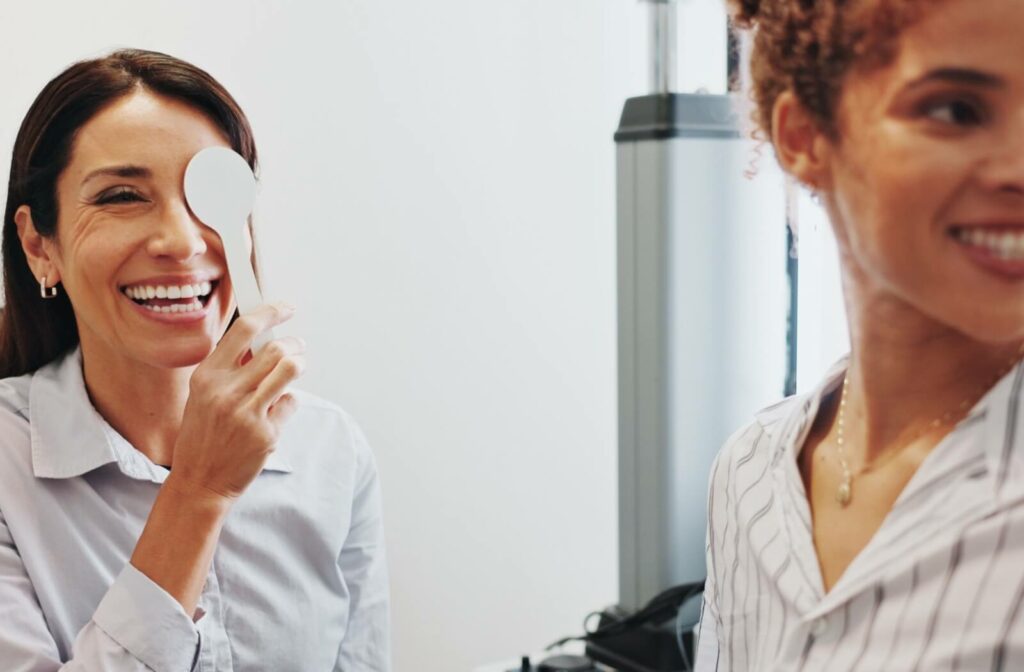
Special Considerations for Your Exam
Some parts of an eye exam require a little extra time or planning. A little preparation can make your visit go smoothly.
What About Pupil Dilation?
If your pupils need to be dilated, you should plan for your appointment to take longer. The eye drops used for pupil dilation can take up to 30 minutes to take full effect. After that, the rest of the exam can continue.
Can I Drive After My Eye Exam?
If your pupils are dilated, your vision will be blurry and sensitive to light for several hours. It’s a good idea to bring a pair of sunglasses for the ride home. We also suggest arranging for someone to drive you.
Do I Need a Separate Contact Lens Exam?
Yes, a contact lens exam is different from a regular eye exam, and it adds time to your visit. Contact lens exams involve a thorough fitting with extra measurements of your eye’s surface. A proper fitting helps make sure your contacts are comfortable and provide clear vision.
Why You Should Schedule an Exam Before Year-End
Regular eye care is an important part of your whole family’s health and well-being. Booking an exam before the year is over is a great way to use your vision benefits before they reset. It also helps you prioritize your family’s health for the coming year.
Recommended Exam Frequency
The Canadian Association of Optometrists suggests a general schedule to help maintain your eye health:
- Infants: First exam between 6 and 9 months
- Preschoolers (2 to 5 years): At least one exam
- School-Age Children (6 to 18 years): One exam annually
- Adults (19 to 64 years): One exam at least every two years
- Seniors (65+ years): One exam annually
At Eyesis Eyecare, we focus on providing compassionate and quality care for your entire family. So book your comprehensive eye exam with our team today.



